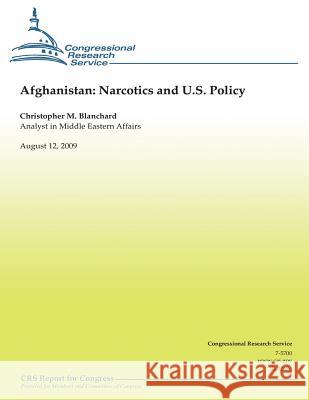Afghanistan: Narcotics and U.S. Policy » książka
Afghanistan: Narcotics and U.S. Policy
ISBN-13: 9781481165532 / Angielski / Miękka / 2012 / 54 str.
Opium poppy cultivation and drug trafficking have eroded Afghanistan's fragile political and economic order over the last 30 years. In spite of ongoing counternarcotics efforts by the Afghan government, the United States, and their partners, Afghanistan remains the source of over 90% of the world's illicit opium. Since 2001, efforts to provide viable economic alternatives to poppy cultivation and to disrupt drug trafficking and related corruption have succeeded in some areas. However, insecurity, particularly in the southern province of Helmand, and widespread corruption fueled a surge in cultivation in 2006 and 2007, pushing opium output to all-time highs. In 2008, poppy cultivation decreased in north-central and eastern Afghanistan, while drug activity became more concentrated in the south and west. National poppy cultivation and opium production totals dropped slightly in 2008, as pressure from provincial officials, higher wheat prices, drought, and lower opium prices altered the cultivation decisions of some Afghan poppy farmers. Some experts have questioned the sustainability of rapid changes in cultivation patterns and recommend reinforcing recent reductions to replace poppy cultivation over time.












